Shanling UA1 Plus Dongle DAC – Driving Power Figuratively Speaking
Shanling UA1 Plus is a $49 USD Dongle DAC AMP with a Dual CS43131 DAC, and high resolution decoding abilities. Today we’re going to be reviewing it, and also compare it to Shanling UA2 Plus (89 USD), ddHIFI TC35C (49 USD), and iFi Go Link (59 USD).
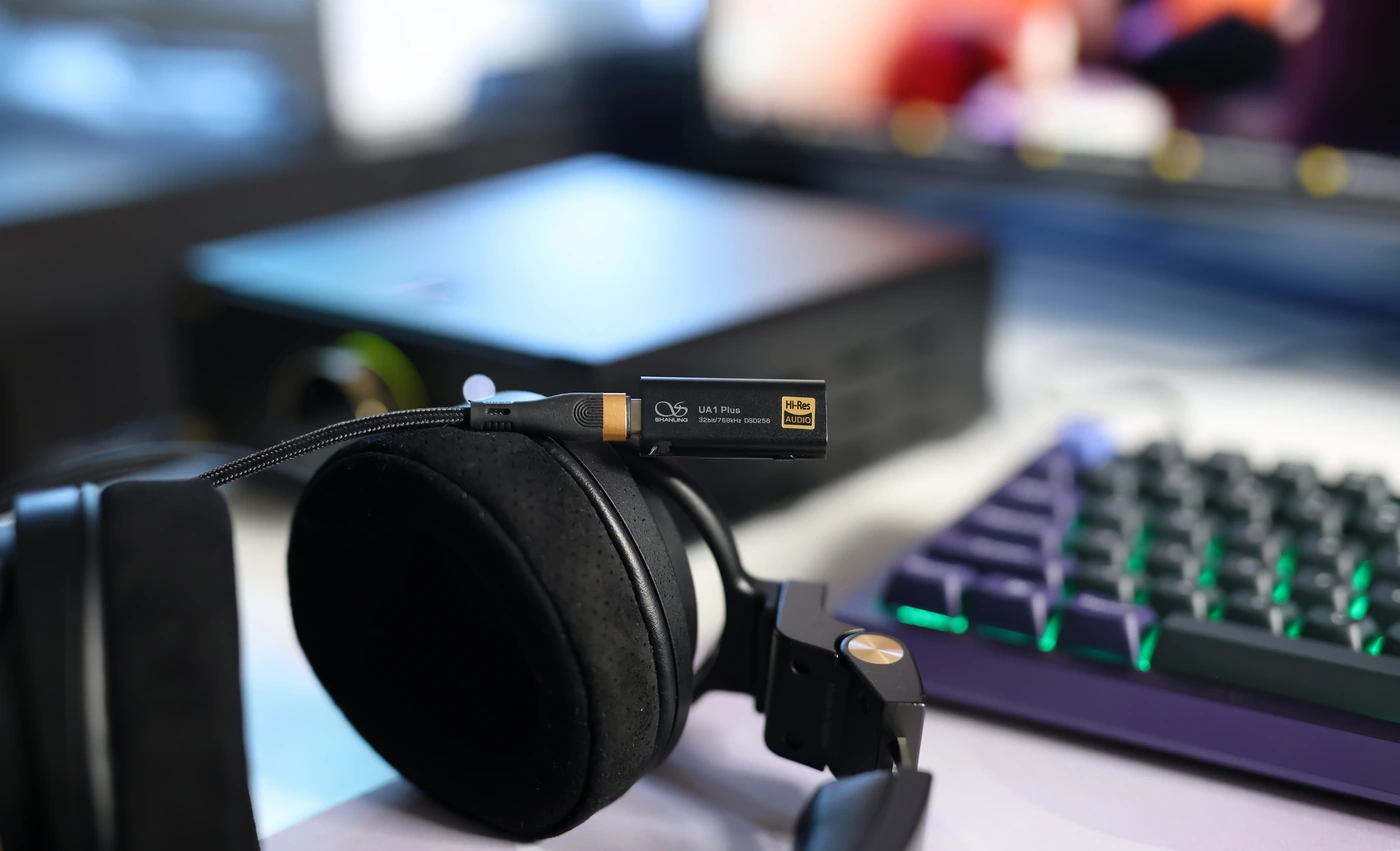
Introduction
Shanling is one of the most popular companies from China, having made a big name for themselves for their excellent design, outstanding support, and the house sound they tend to infuse in their products, which are known for their warm, thick and usually full sound. Indeed, if there is any company out there, I could and will usually recommend to any music lover looking for a wide sound, a deep bass, and excellent low end punch, then Shanling it is. Shanling is usually sold through the usual channels for Chifi and Chinese products, with the exception that they make an effort to make their products available on Amazon, which is a popular platform that I also recommend. With Amazon, you typically get the longest return windows, best support, and exceptional warranty for the products you’re purchasing, which is a strong reason why I have Amazon links in every review I make nowadays.
I’d like to thank Shanling for providing the sample for this review, in exchange for my honest opinion. We are not receiving any incentive for this review and Audiophile-Heaven has no affiliation with Shanling beyond this review. This review is a description of my personal experience.
Product Link
You can grab one from www.amazon.com here: https://amzn.to/3QM1uNM
If you’re in the UK, you can grab one from www.amazon.co.uk here: https://amzn.to/3MYwaKx
And if you’re from Europe, you can grab one from www.amazon.de here: https://amzn.to/3SQV7v9
Build Quality/Aesthetics
The Shanling UA1 Plus is what I would call minimalistic for a dongle DAC, it is a simple, yet effective way to enjoy music, with a size of just 40×17.7×8.2mm. It is made of a metallic body, one button for mode which switches between USB 1.0 and USB 2.0. It is possible to get a pretty high level of customisation by using the edict player app on Android, which allows you to set the filter, gain, channel balance and save the configuration in the memory of Ua1 Plus.

Shanling takes great pride in having almost zero delay with the UA1 Plus and this is true, as I cannot notice any delay in sync tests, the USB DAC having basically below 10 ms of delay, which can be considered absolutely perfect. It is good to keep in mind that most systems do have some delay, but as long as it is below 10 ms, you generally cannot notice it, even in synthetic tests.
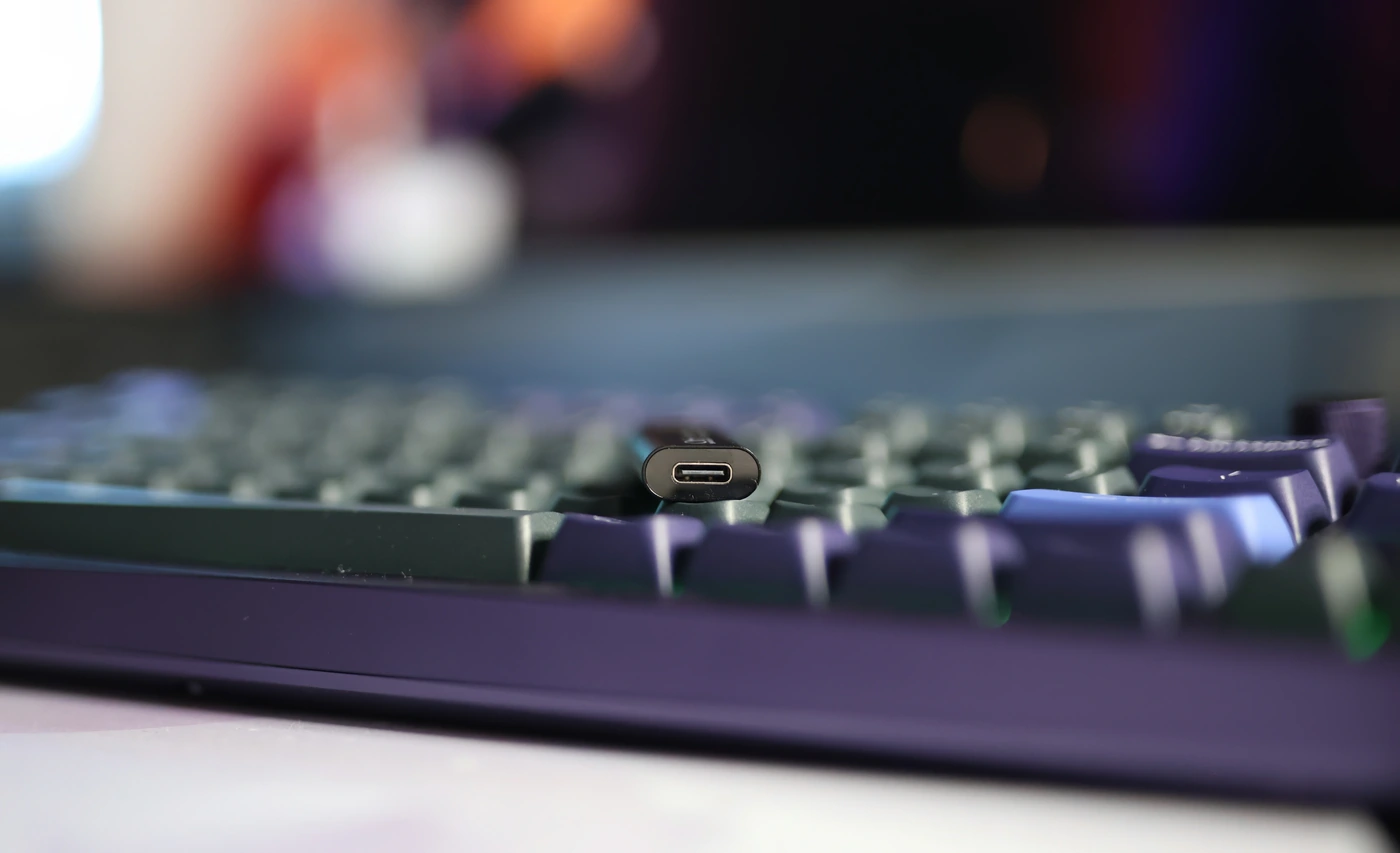
The DAC array inside supports high resolution decoding, including DSD up to DSD256 and PCM up to 768 kHz and 32 Bit Signals. The power is taken from the source, but it does not seem to be draining too much from my smartphone, and the unit itself does not get as warm as most dongle DACs on the market, being actually cold to the touch even after hours of listening. We have a high SNR of 125 dB, and UA1 Plus can be detected and used by all the smartphones and windows PCs I connected it to, so it should offer an excellent experience to all listeners out there.
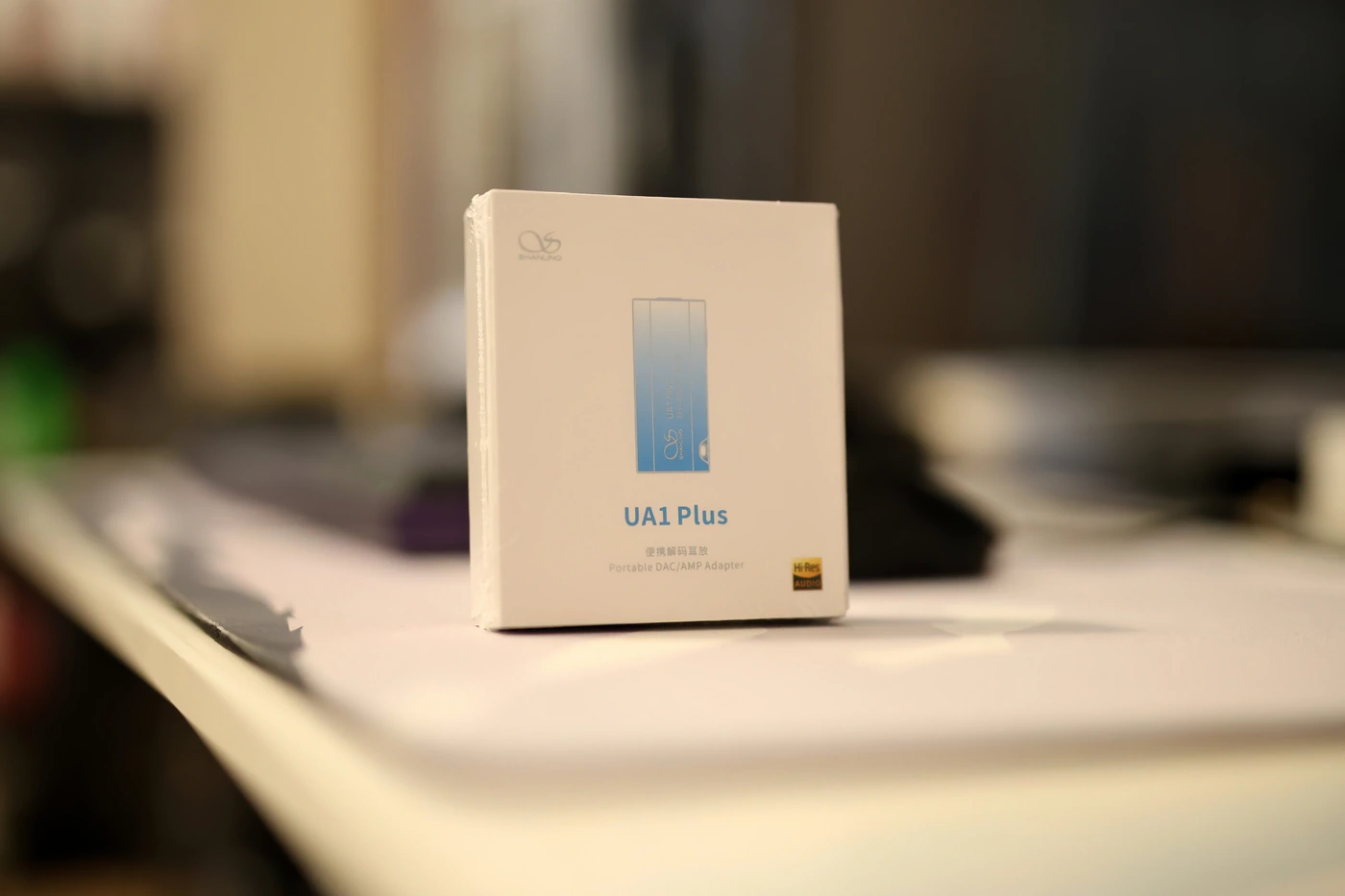
It is generally clean and fun to use the Shanling Ua1 Plus, it has a good sound, is ergonomic, tiny, and has good driving power. It does not have a wheel or buttons for volume control, but for the price point, those features can be missed, if the sound is good.
Sound Quality
To test just how UA1 Plus sounds like I’ve been pairing it with a multitude of IEMs and Headphones, including Letshuoer Cadenza 12, IKKO OH10s, HarmonicDyne Zeus Elite, HIDIZS MS5, RAPTGO LEAF D01, and IMR Dark Matter. UA1 Plus has so much driving power that for some IEMS it can only stay at 10% of maximum volume, especially with a windows machine. With headphones, it can struggle a bit, and with OLLO S5x, for example, it reaches up to 50%-70% of its maximum volume to get loud enough, and with very hard to drive headphones like Sennheiser HD660 S2, you can get to max volume and they can still require more power to be driven properly, although it is a good source for Spirit Torino Super Leggera.
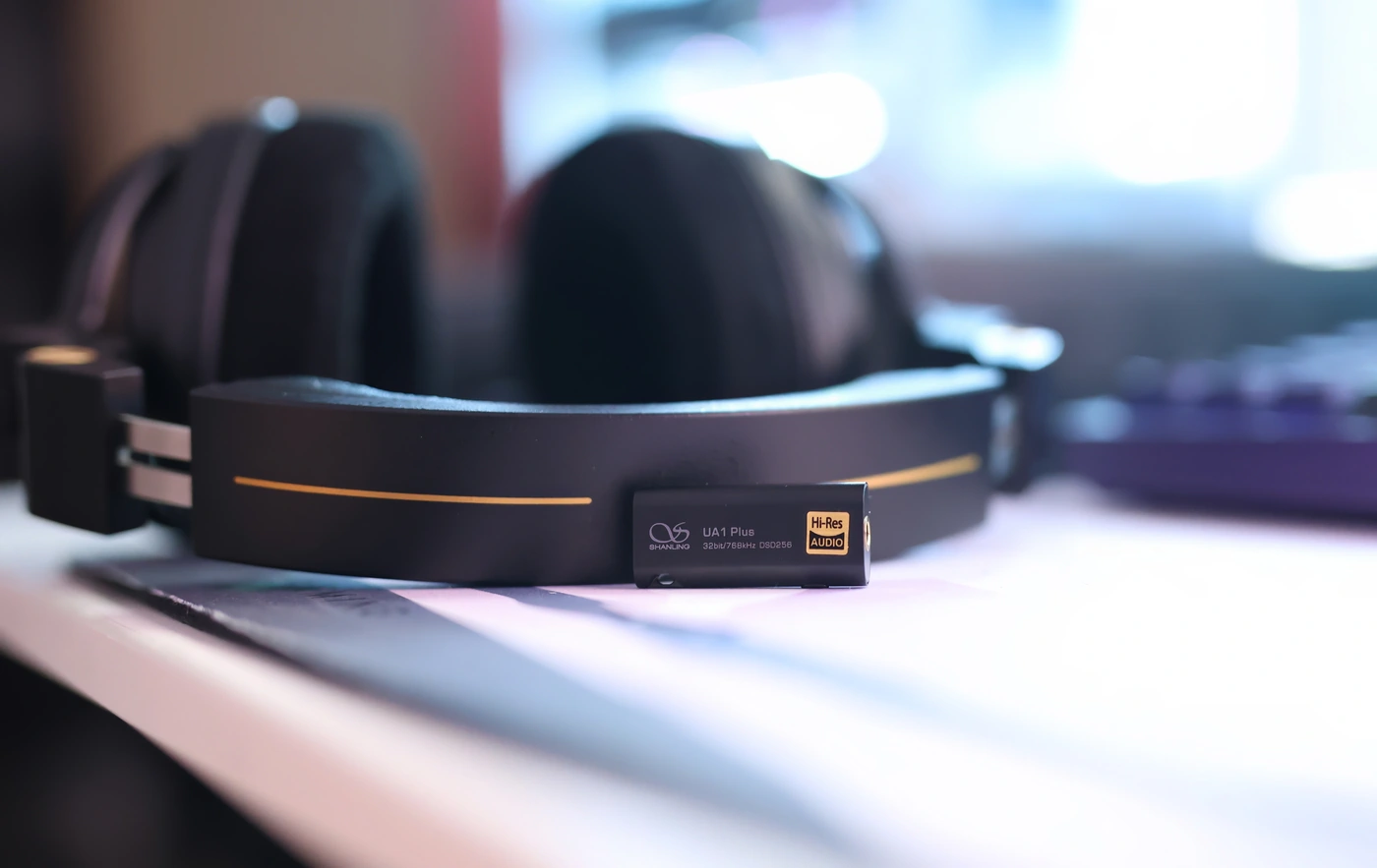
The overall signature is actually slightly different from the traditional Shanling House Sound, where UA1 Plus is rather neutral in tuning, it does not have any treble roll off or extreme smoothness, but it has an impactful sound, especially in the midrange, with a pretty natural and full bass. As a general tendency, it seems to have a stronger bass with IEMs that have an impedance of 32 OHMs, where it can push more power, compared to ultra low impedance IEMS, where it can have a somewhat more neutral bass. A main reason for this is the output impedance being 0.5 OHMs, which generally tends to make the sound brighter and add a bit of background hissing with ultra low impedance IEMs. That hissing is really quiet, and for most untrained listeners, it won’t be noticeable.
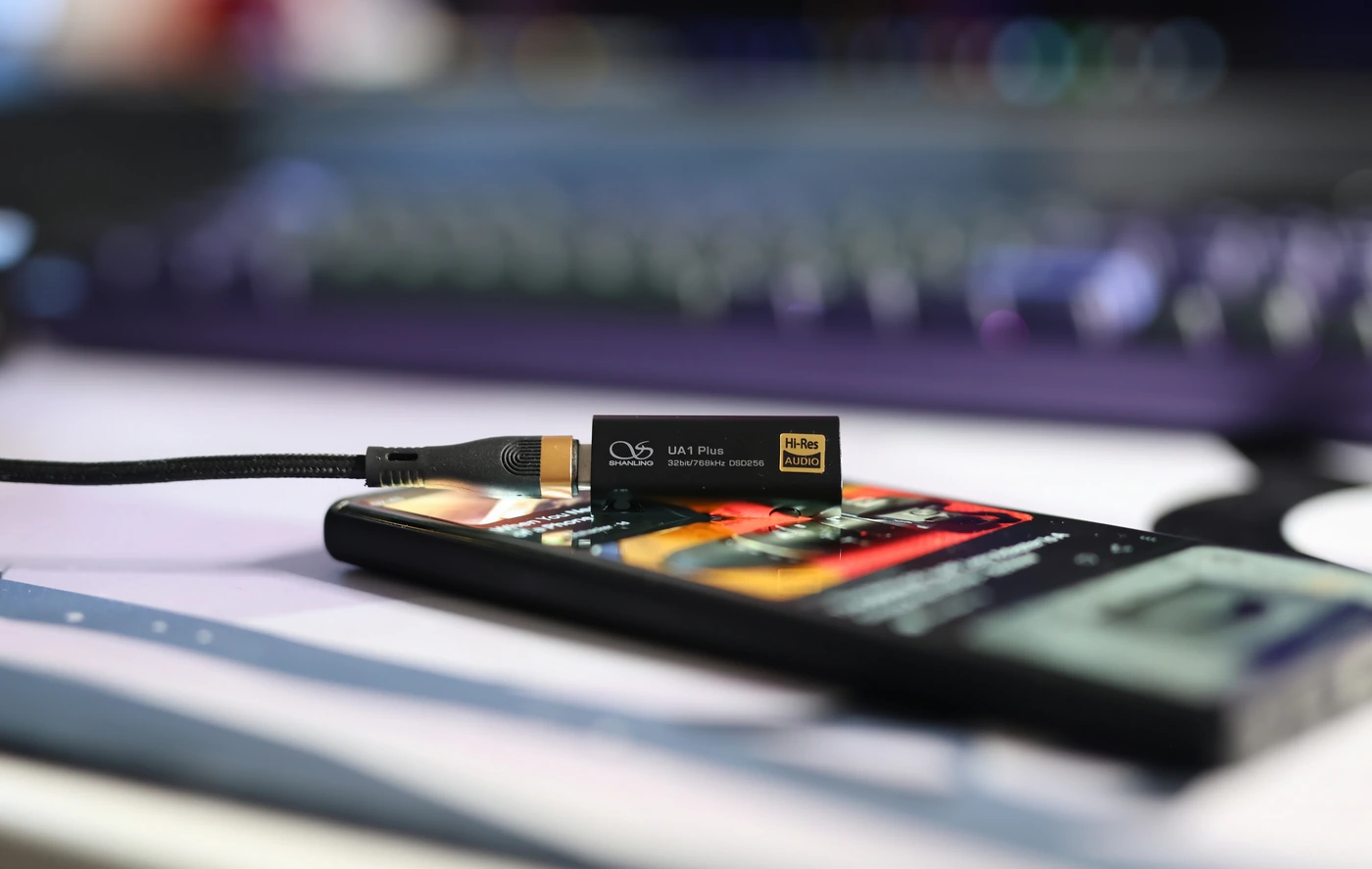
The bass of Ua1 Plus is generally clean, detailed and powerful. It is surprising to say this, but for a dongle DAC so affordable, the driving power it has can be quite crazy, and we’re seeing a really good volume. This can be given by the power which is 80 mW at 32 OHMs, basically enough for most IEMs out there, and enough even for some headphones. It is surprising to hear a good instrument separation in most songs, and bass layers get well defined from the voices, guitars and other instruments. The bass is quite linear, there is no strong uplift regardless of the frequency you’d be thinking about. The bass does not roll off unless the IEMs or headphones have an extremely low impedance, like FiiO FH11, or Verum 1, a situation in which, the lower the impedance of the transducers, the more neutral and brighter the tuning becomes. This being said, with the right music, even FH11 can show bass as low as 40Hz, with a full sized impact.
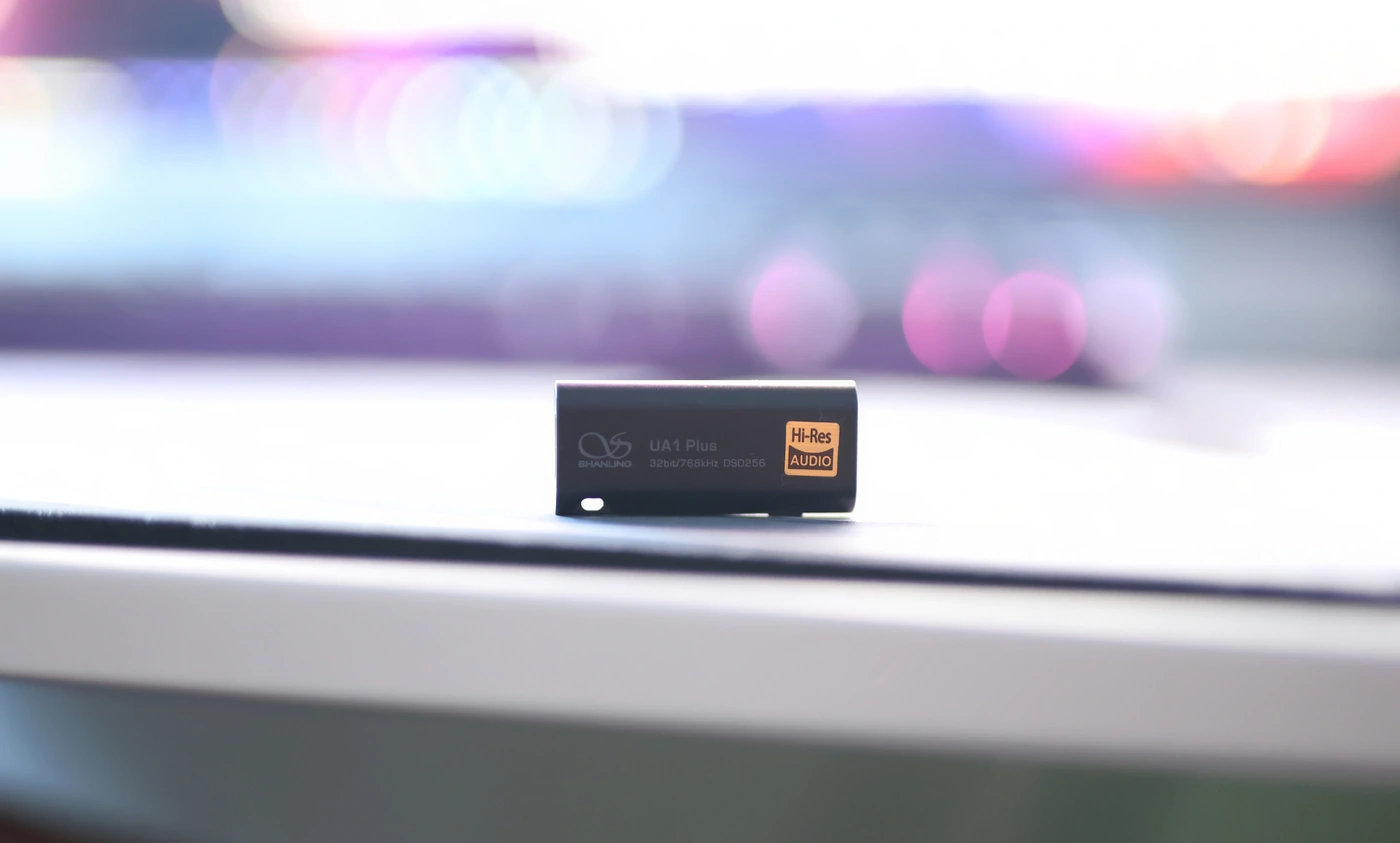
The midrange is clean, detailed and fairly neutral too. Happily, there is no dip or peak in the tuning, it is not ultra smooth, but not harsh either, being just right for most music. Ua1 Plus is generally great for both male and female voices, having a very even tuning that places good emphasis on transients and on how clean music sounds like. The detail is quite good, and at times it is quite hard to tell it apart from the bigger Ua2 Plus, although the tuning is different, and compared to it, H5 has a very different sound, driving power and overall presentation.
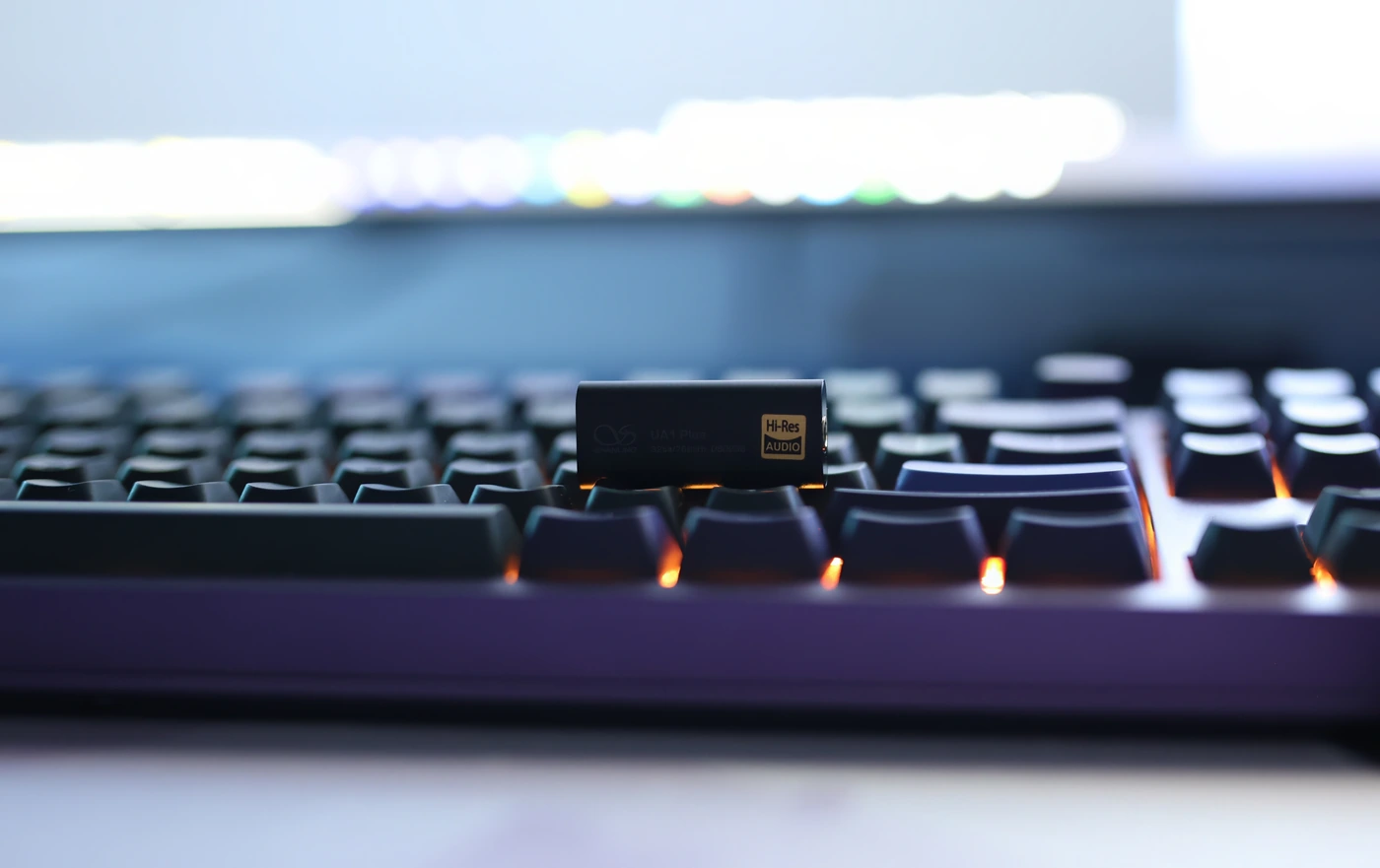
The treble of UA1 Plus is clean, well extended, airy and sparkly. The treble is a bit bright, but that is not a negative since there are countless IEMs in the Chifi range that sound quite smooth, sometimes rolled off and a bit dull. Shanling UA1 Plus can totally help with that and bring some life into those, giving the high-end some extra shine, and instruments a bit more detail and resolution compared to a duller sounding source.
Comparisons
Shanling Ua1 Plus vs Shanling Ua2 Plus (49 USD vs 89 USD) – This is hard for me, as it is for everyone, because if you have those two on the table, they look almost the same, so even comparing them takes quite a bit of time and careful planning. The sound is actually very similar, with UA1 Plus being very similar in tuning, resolution and clarity when compared to the UA2 Plus. The main differences would be that Ua2 Plus has a beefier bass, a better resolution, clarity, and more impact, plus a more refined sound in the treble where it is not as fatiguing and it seems to have a slightly lower output impedance so less hissing with low-Z IEMs and a more cohesive / more stable sound across a larger collection of IEMs.
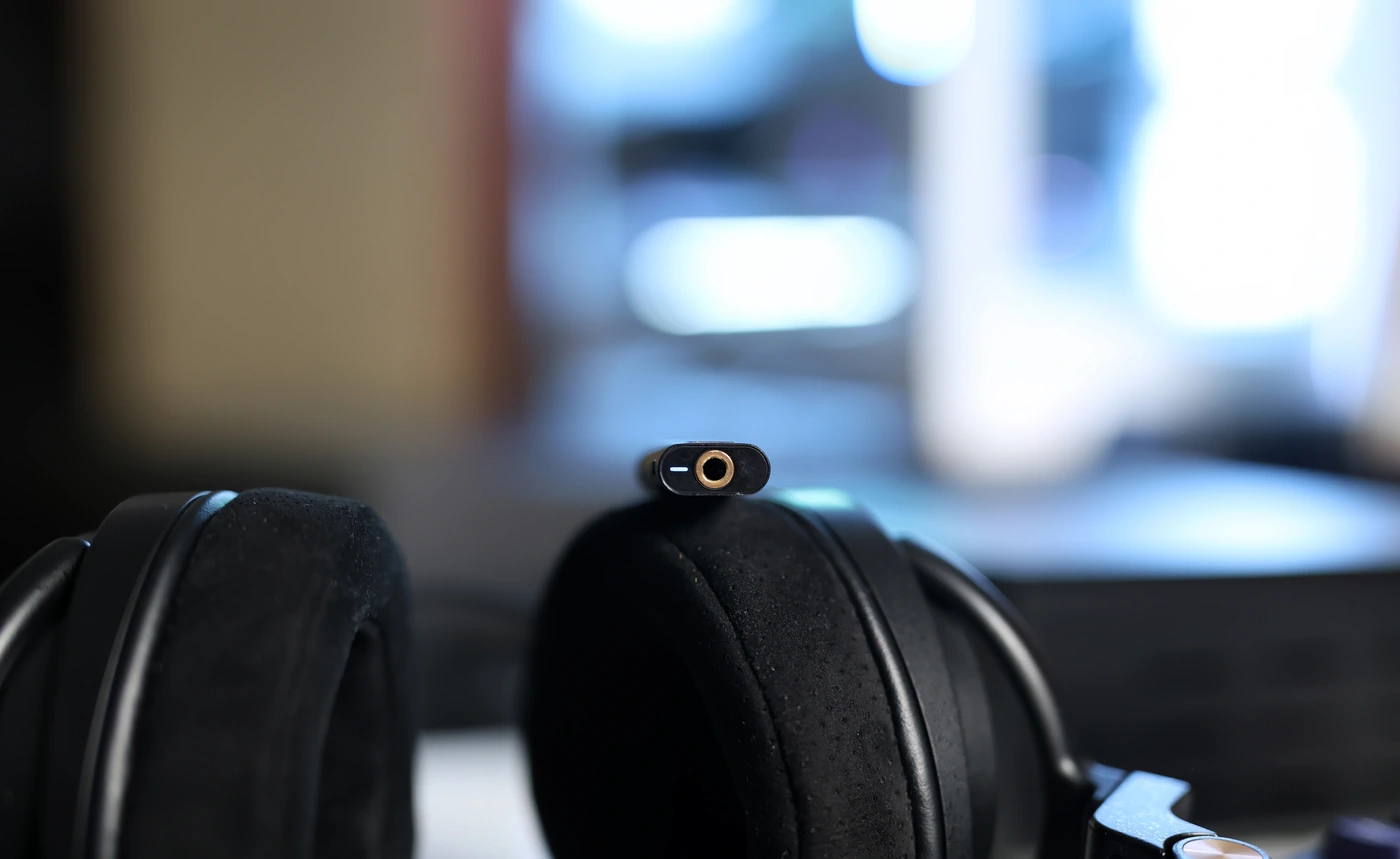
Shanling Ua1 Plus vs ddHIFI TC35C (49 USD vs 49 USD) – The size of TC35C is smaller, and it does not need a wire to connect to the smartphone, but this kind of design can put more strain on the Type-C connector of the smartphone, while dongle DACs with cables like UA1 plus can be a bit more reliable. The overall power consumption is comparable, with UA1 plus actually consuming less power at tims than TC35C. The overall driving power of UA1 Plus is higher, and it is better for harder to drive IEMs and Headphones, but it also has a slightly higher output impedance, which causes it to sound brighter with low-Z IEMs. The sound of TC35C is smoother, warmer, bassier, with less treble, while Ua1 Plus sounds more detailed, more energetic, more punchy and has better resolution. Ua1 Plus pairs better with natural, neutral and bassy sounding IEMs, while TC35C pairs better with anemic IEMs that are either bright, fatiguing or lack bass.
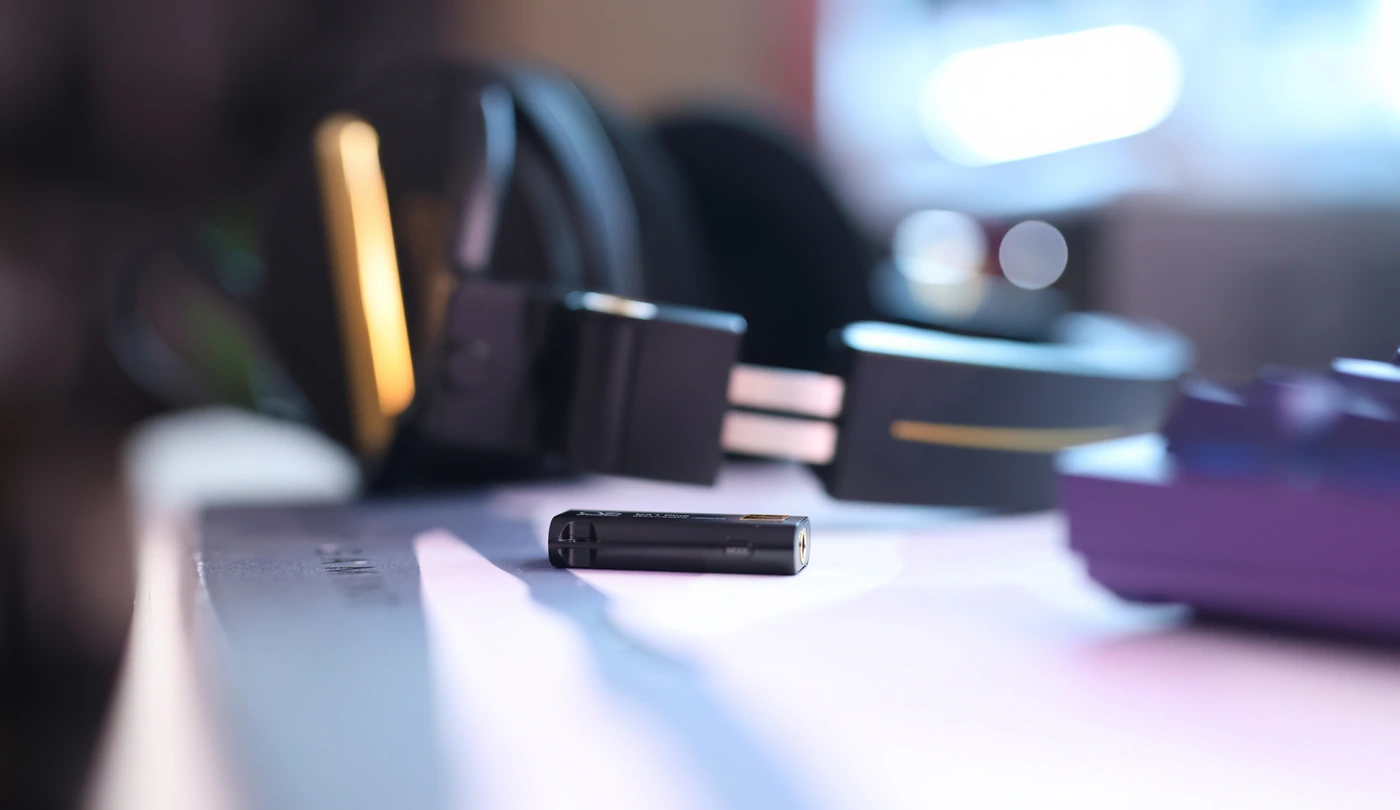
Shanling Ua1 Plus vs iFi Go Link (49 USD vs 59 USD) – iFi Go Link is also small and has a very low power consumption, but the sound of the Go Link is much smoother, with a treble that feels like it is rolling off early. This means that Ua1 Plus sounds more energetic, has better detail and better resolution, while Go Link has a smoother overall sound with better pairing with bright and fatiguing IEMs. All in all, it is important to know here whether your IEMs are on the fatiguing or smoother / natural side.
Value and Conclusion
With a price even lower than the UA2 Plus, the UA1 Plus is a really good offer, and basically it is the most affordable dongle DAC that I know of, which would be an excellent choice for literally everyone. It has good decoding ability, good driving power, and an ergonomic shape.
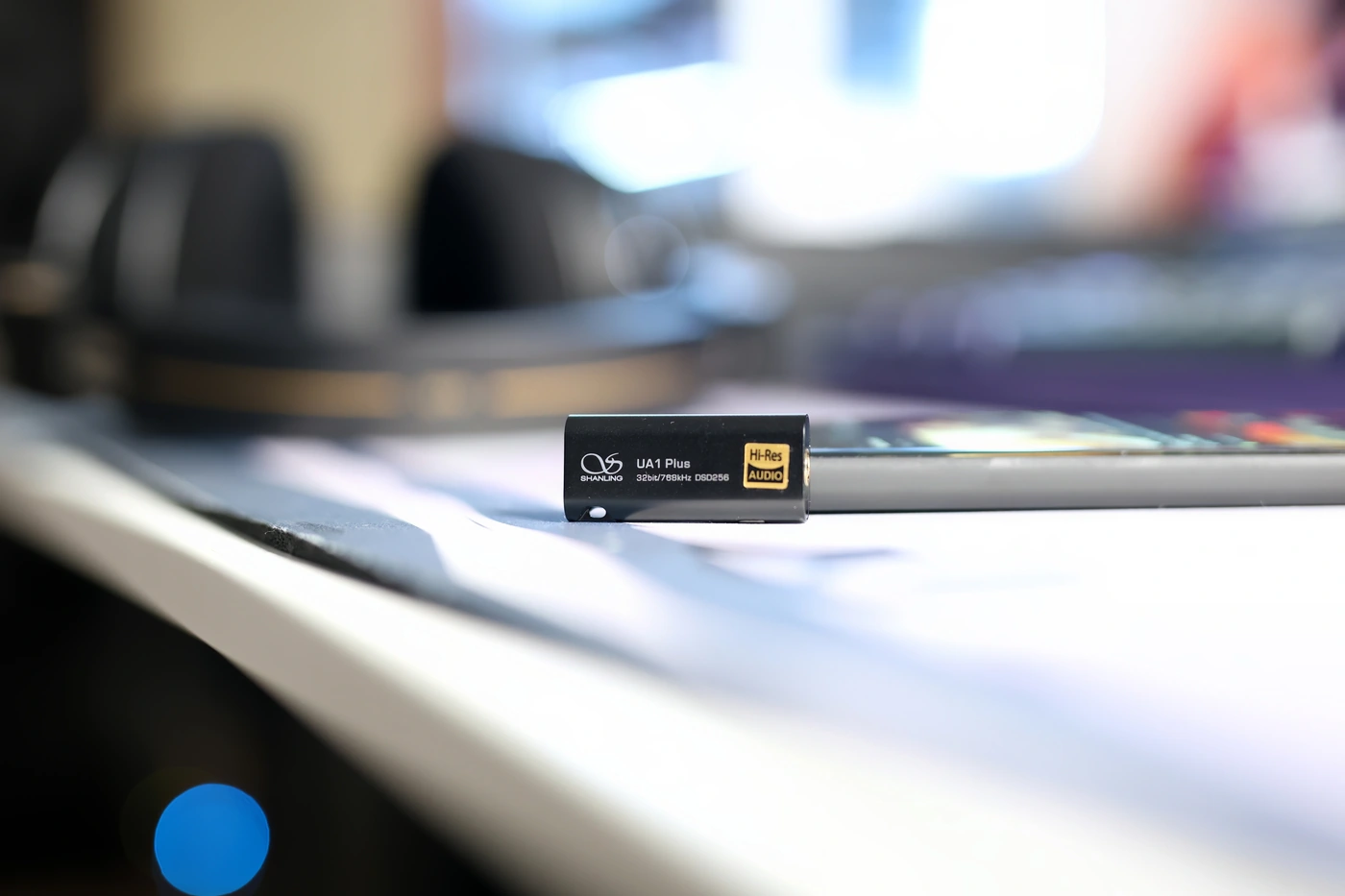
At the end of the day, if you’re looking for a high-quality dongle DAC that won’t break the bank, something you can use for all Chifi IEMs, and something that can even drive most easier to drive headphones, Shanling Ua1 Plus is a neutral-ish sounding dongle DAC that won’t get warm, won’t drain your phone but will put a smile on your face.
Product Link
You can grab one from www.amazon.com here: https://amzn.to/3QM1uNM
If you’re in the UK, you can grab one from www.amazon.co.uk here: https://amzn.to/3MYwaKx
And if you’re from Europe, you can grab one from www.amazon.de here: https://amzn.to/3SQV7v9
--- Please remember to stay safe, and always have fun while listening to music!---
- If you have a dime to spare, please donate, and help us! It would make the day brighter for me and my wife-
Full Playlist used for this review
We listened to more songs than those named in this playlist, but those are excellent for identifying a sonic signature. I recommend trying most of the songs from this playlist, especially if you’re searching for new music! The playlists are different for Spotify, Tidal and Youtube, and based on the songs I enjoy and are available on each!
https://www.youtube.com/playlist?list=PL_cjBXGmwSHSdGcwuc_bKbBDGHL4QvYBu
https://open.spotify.com/playlist/5J3oloz8Riy9LxEGenOjQ0?si=979ba4f082414be7
https://tidal.com/browse/playlist/330fd544-8e5b-4839-bd35-676b2edbb3d5
--- Contact Us ---






[…] I have the 3.5mm variant, I’ve paired the XOE with a number of sources including Shanling UA1 Plus, xDuoo TA-84, Hiby Digital M300, Hiby R3 II, JDS Labs Element III Mk2 Boosted, Aune S9c PRO, SMSL […]
[…] today’s review I’ve been using a wide selection of sources, including Shanling UA1 Plus, Hiby R3 II, FiiO K9 PRO, JDS Labs Element III MK2 Boosted, Shanling H5 and iFi Audio Go Bar. All […]